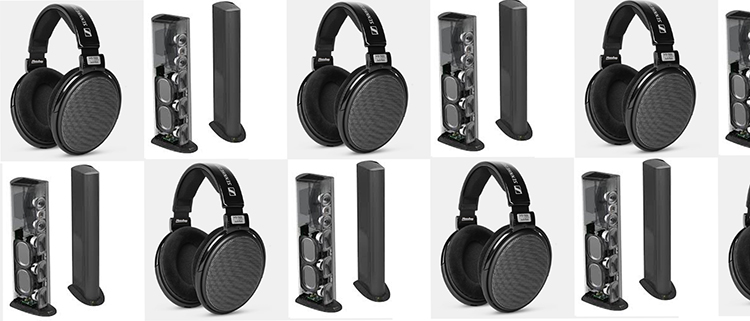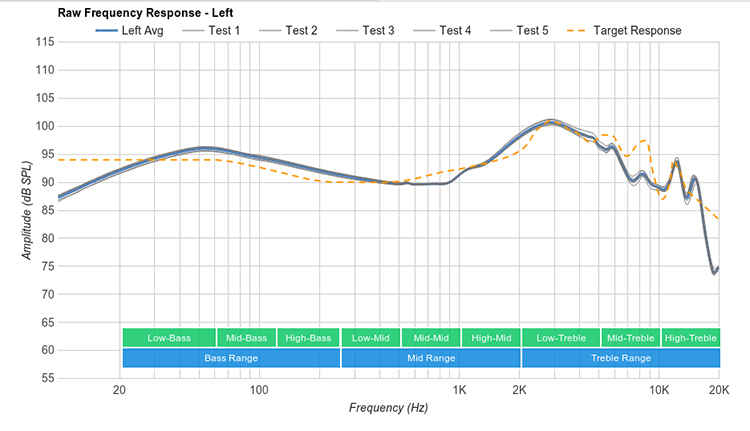Well… Since a great deal of what you hear from your speakers is actually room echoes, then yes; headphones ARE truer to the source than speakers.

But, but, but… Yes, there are numerous “buts” to consider:
- Just because headphones don’t have to deal with room echoes, it doesn’t automatically follow that the headphones themselves are flat in frequency response. In fact, headphones, taken as a class, have significantly more frequency-response variation than loudspeakers. It doesn’t have to be that way – headphone manufacturers could produce ruler-flat frequency response if it were their priority. But it isn’t. Instead, many (most?) headphone manufacturers want to produce a sound that will persuade you to buy THEIR headphones instead of someone else’s. Just like TV makers turning up the brightness and contrast on display TV sets so that their product “stands out” against all the other TVs in the store, headphone makers boost the bass (often ludicrously) and sometimes the treble so you’ll notice their phones more. What sounds good in a two-minute song can become teeth-grindingly irritating when you listen for a longer time.
- Many headphones either can’t play loudly without gross distortion or the anemic headphone amp in your source electronics can’t supply enough current to make the headphone drivers linear. The amp that drives your speakers is a hundred times better than the average headphone amp. Yes, you CAN buy good headphone amps, but they aren’t cheap. And it should go without saying that driving your headphones directly from your cell phone is a great way to illustrate the “weakest link in the chain” theory of sound reproduction.
- You can treat the room to reduce echoes and/or use electronic room correction software to improve speaker sound, but there just isn’t an equivalent way to improve your headphone experience. Yes, some companies offer “voodoo equalization” to enhance headphone sound, but I’ve yet to hear one that impressed me.
- You can also listen “near field” with your speakers by either moving the speakers very close to the listener or vice versa. This eliminates almost all room echoes and allows you to hear your speakers sans room noise. Think of this technique as wearing honkin’-big headphones but with far better drivers and amps. It may not be practical on an ongoing basis, but everyone should at least try this once. It’ll surprise you!
- You might think that headphones offer greater dynamic range than speakers, and in some cases, you’d be right. But the majority of headphones have a “loudness threshold” that you must exceed before the phones begin sounding dynamic. The majority of headphones also have a “loudness ceiling” above which the music loses definition and becomes a loud roar. In many (most?) headphones, these loudness levels are really, really close together. So, you don’t have much range to play with – the ‘phones play best at one narrow volume range only, and to go above or below that level is to invite much poorer sound.
- Good headphones aren’t cheap. There are some exceptions to this rule, but nobody (NOBODY) agrees on what they are. So, if you buy a specific set of cans on some buddy’s recommendation, you may well find that his tastes aren’t yours and that your money was wasted. Looking for good, cheap headphones is like looking for the mythical perfect blind date. Best of luck! Now the opposite of this is that there are LOTS of VERY expensive headphones that don’t sound very good. In fact, every Curley, Larry, and Moe around now offers designer headphones at stratospheric price ranges. And you’ve no way of knowing what engineering, construction, or longevity you’re really paying for.

Secrets Sponsor
Secrets Sponsor
For the headphone buyer, the rule of thumb is “Caveat Emptor.” Headphones CAN sound truer to the source than speakers, but they most often don’t.


